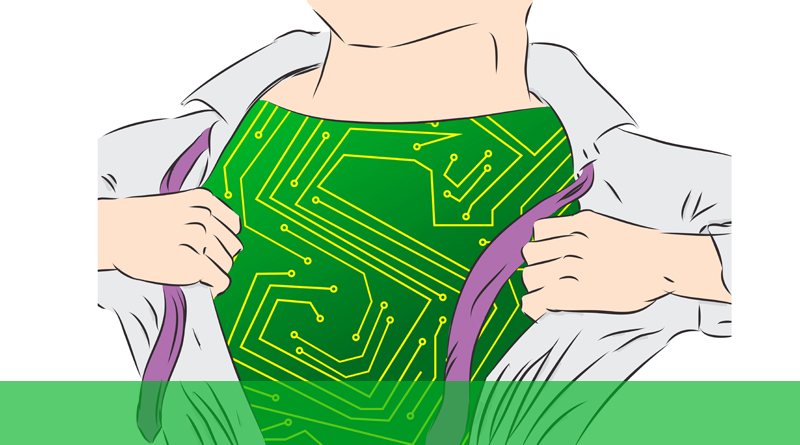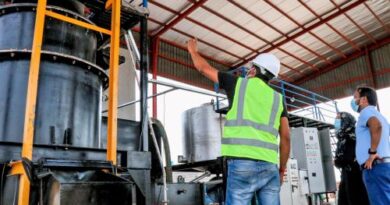Solar Powered Super Capacitors will power personal gadgets and accessories in the future

A team of scientists from the University of Glasgow’s BEST group have developed a new solar-powered supercapacitor that they believe could make future wearable technologies lighter and more energy-efficient.
The Bendable Electronics and Sensing Technologies (BEST) group led by Professor Ravinder Dahiya, have developed, best described by them, a propitious and new type of graphene supercapacitor, which could be used in the next generation of wearable health sensors. Their findings were published in the Nano Energy journal, where they further expanded on their developments.
At present, all wearable systems/technology generally depend on relatively heavy, inflexible batteries, which can be uncomfortable over long time usage. But, with this development by the BEST team, they’ve created an entirely self-charging system which uses an integrated flexible solar-powered skin developed in-house to charge the systems. A pH sensor which uses wearer’s sweat to monitor their health, and a supercapacitor developed by perfecting their previous work which could power health sensors capable of conforming to wearer’s bodies, offering more comfort and a more consistent contact with skin to better collect health data.
Professor Dahiya said, “We’re very pleased by the progress this new form of solar-powered supercapacitor represents. A flexible, wearable health monitoring system which only requires exposure to sunlight to charge has a lot of obvious commercial appeal, but the underlying technology has a great deal of additional potential.”
“This research could take the wearable systems for health monitoring to remote parts of the world where solar power is often the most reliable source of energy, and it could also increase the efficiency of hybrid electric vehicles. We’re already looking at further integrating the technology into the flexible synthetic skin which we’re developing for use in advanced prosthetics,” he added.
Their new supercapacitor uses layers of flexible, three-dimensional porous foam formed from graphene and silver to produce a device capable of storing and releasing around three times more powerful than any similar flexible supercapacitor. The team demonstrated that their super-capacitor provided power consistently across 25,000 charging and discharging cycles without any burden or shortcomings.
copyright:iamrenew.com




